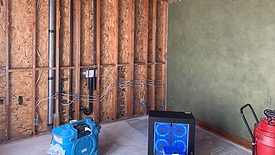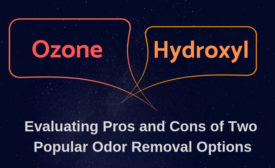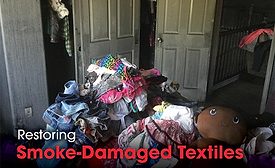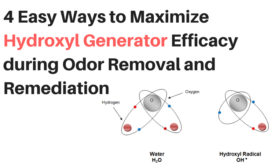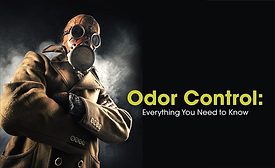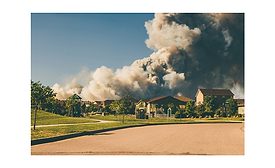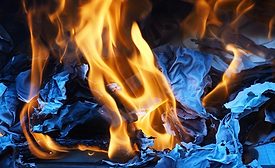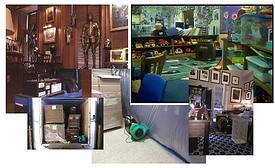Home » Keywords » ozone
Items Tagged with 'ozone'
ARTICLES
The Intentional Restorer
Communication with the Carriers is Key to Successful Claim Experience
Read MoreOdor Control: Everything You Need to Know
“I smell the smelly smell of something that smells smelly.” -Spongebob
Read More
Get our new eMagazine delivered to your inbox every month.
Stay in the know on the latest disaster restoration and remediation trends.
SUBSCRIBE TODAY!Copyright ©2022. All Rights Reserved BNP Media.
Design, CMS, Hosting & Web Development :: ePublishing
